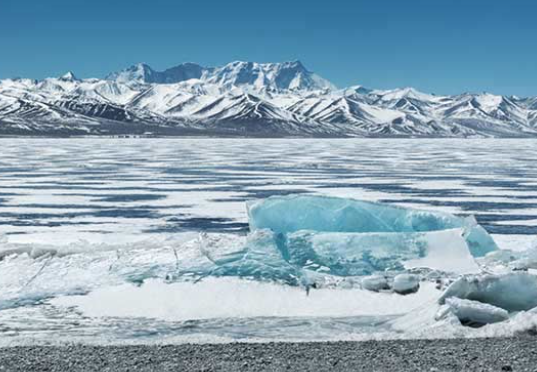Namtso Lake, perched at an altitude of over 4,700 meters in Tibet, is the highest saltwater lake in the world. Its striking beauty and significant cultural importance make it a unique destination. Recently, discussions around Namtso’s historic temperature have become increasingly relevant, as climate changes impact this stunning region.
Understanding the temperature records of Namtso not only sheds light on environmental shifts but also highlights the importance of preserving our natural wonders.
The Impact of Temperature on Namtso’s Ecosystem
Namtso Lake serves as a critical habitat for various species of birds, including migratory ones. Historical temperature data reveals shifts in seasonal patterns that affect these species’ migratory cycles and breeding behaviors. Warmer temperatures can lead to changes in water levels, impacting the delicate balance of the ecosystem. Additionally, the rising temperatures have potential effects on local flora and fauna, leading to biodiversity loss. Understanding these dynamics is essential for conservation efforts, making it vital for researchers and environmentalists to keep a close watch on temperature fluctuations.
Temperature Trends and Climate Change
Recent studies indicate a noticeable increase in Namtso’s historic temperatures over the past few decades. This trend aligns with broader climate change impacts observed globally. The rising temperatures not only alter the lake’s physical properties but also have implications for the region’s weather patterns, including increased evaporation rates. This can result in more severe weather events that could threaten both the natural environment and local communities. Monitoring these changes helps scientists predict future patterns and formulate strategies to adapt to this shifting climate.
Cultural Significance Tied to Temperature Fluctuations
For local Tibetan communities, Namtso Lake holds immense spiritual significance. As the temperature changes, it can influence traditional practices and cultural events tied to the lake. Historically, cooler temperatures allowed for specific rituals and pilgrimages that may now be affected by warmer conditions. Understanding the historic temperatures provides context for how these changes may alter cultural traditions and environmental stewardship. Awareness of these impacts is essential for preserving cultural heritage in the face of climate change.
As we explore Namtso’s historic temperature, we uncover not only scientific data but also the story of interconnected ecosystems, climate change, and cultural identity.
In conclusion, Namtso Lake is more than a beautiful destination; it is a vital ecological and cultural landmark that reflects the broader changes our planet is experiencing. By staying informed and engaged, we can contribute to its preservation and respect the rich traditions connected to this stunning natural wonder. For more insights and updates on Namtso and its climate, consider following relevant environmental organizations or exploring academic resources dedicated to climate research.




